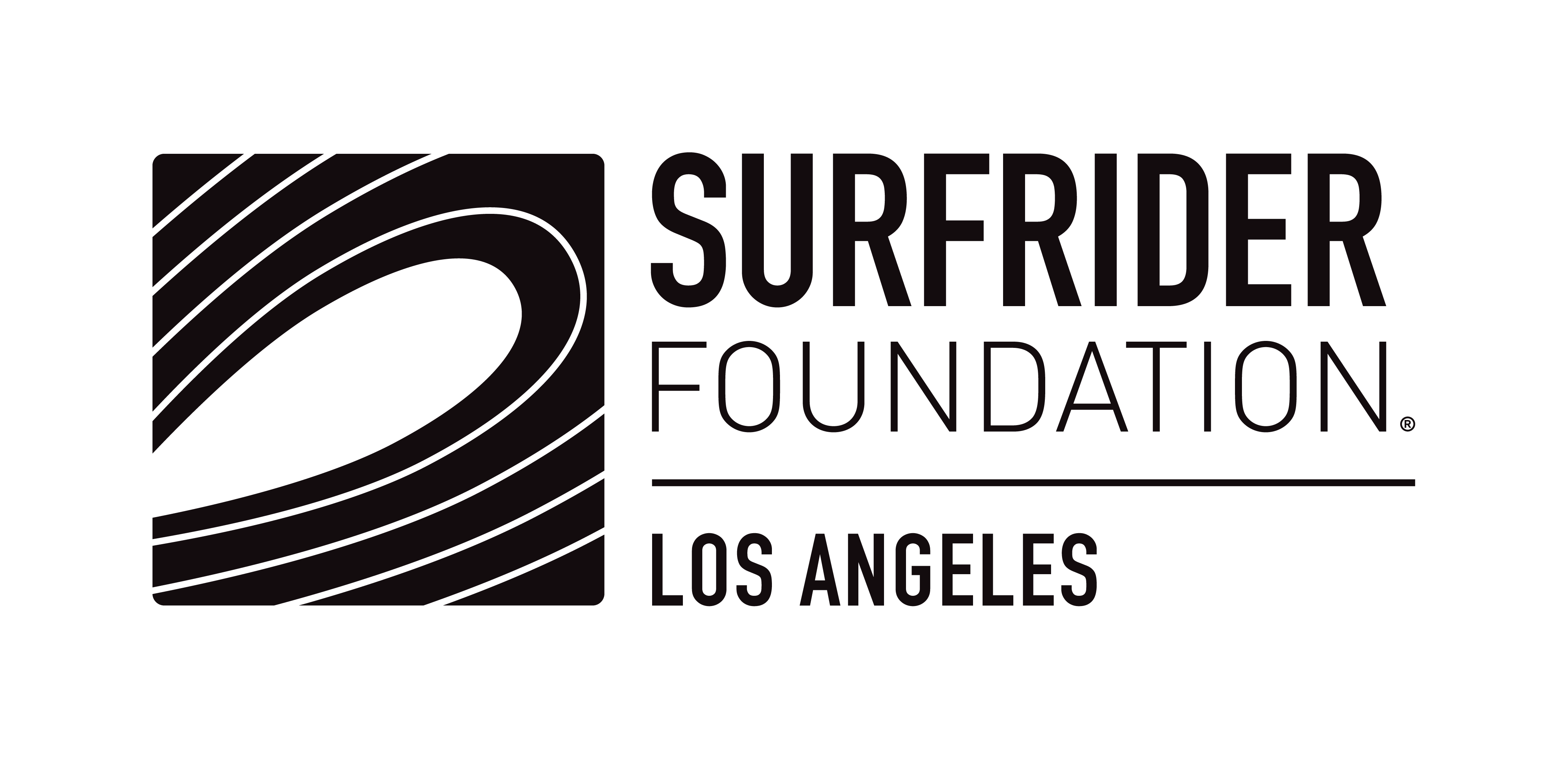As residents of Southern California, we’re all aware of the role water scarcity plays in our daily lives. This region consistently experiences various levels of water shortage— from extreme dryness to exceptional drought—so we know that every drop counts.
That said, it’s tempting to think that the 300+ miles of SoCal coastline could solve our drought problems once and for all. Just grab some of that seawater, suck out all the salt and call it a day, right? Actually, desalination isn’t that simple—or that smart.
Here are five things you need to know about why this wasteful “single-use” water isn’t the solution.
1. Desal can wreak havoc on marine life.
In addition to intake pipes that vacuum up millions of sea organisms, dumping post-treated water offshore can ruin marine ecosystems. Pouring what is now ultra-concentrated salt water back into the sea decreases ocean oxygen levels, effectively choking marine plants and animals. Ideally, desal plants will co-mingle their brine with storm or waste water, efficiently diluting the concentrated salt. Also, by using subsurface intake pipes, the harm to marine life harm can be greatly mitigated. However, most desalination plants prioritize budget over environmental impact, and these measures are left out.
2. It’s expensive—really expensive.
The cost of constructing a desal treatment plant notwithstanding, desalinated water itself costs about $2,100 per acre-foot. That’s more per acre-foot than storm water capture, landscape conversion, purifying waste water and water conservation and efficiency programs. In fact, many of those programs actually save money. Desal, on the other hand, does not.
3. Treatment plants wreck coastal vistas.
Whether the area is rugged and remote or thriving with beach tourism, Southern California has some of the prettiest coastlines in the world. Plunking a massive water treatment complex onto the shoreline will ruin some of our most iconic views.
4. Desal leaves an enormous carbon footprint.
Environmental groups estimate that the West Basin proposal to desalinate 20-60 million gallons of sea water per day will dump approximately 44,000 – 146,000 metric tons of carbon dioxide into the atmosphere above El Porto annually. It’s the equivalent of adding emissions from 10,000-30,000 cars to north Manhattan Beach.
5. The chemicals. Oh, the chemicals.
Removing salt from sea water requires the use of serious chemicals like chlorine, hydrogen peroxide and hydrochloric acid. Once these substances have lost their effectiveness, they must be disposed of. If dumped nearby, these chemicals can find their way back into to ocean and further poison marine life. (Oh, and traces may also remain in potable water which can cause health problems in humans.)
So, what can we do instead?
Though desal is not the answer, lots of other solutions have been proven to help mitigate the effects of Southern California’s water shortage. These ideas may seem basic, but if put into regular practice, they can make a serious impact on the way we use water:
• Reduce the amount of water you use by taking shorter showers, watering your lawn less often, and turning off the tap when washing dishes. Make changes personally and encourage local legislators to take action on a commercial level.
• Utilize naturally occurring sources of water, like rainwater. Smarter capture of the billions of gallons of rainwater that fall on Southern California every year can divert this precious resource to the places and uses where it’s needed most.
• Recycle waste water. Sounds gross, but it’s actually a safe and effective way to obtain lots of usable irrigation water. Singapore does it, Israel does it, and we’re already doing it in LA.
• Plant an Ocean Friendly Garden. By replacing thirsty turf with native plants, contouring the shape of your garden to divert rainwater back into your landscaping (not out onto the street), and installing decorative materials that don’t require irrigation, you can dramatically cut back on the amount of water your household uses.
• Clean contaminated groundwater basins. LA has already begun cleaning up contaminated basins in an effort to develop local water supplies, thus reducing our need to import water from Northern California or drain it from the ocean.
Desalination plants can theoretically help manage Southern California’s water shortage crisis. But it must be done as an absolute last resort when conservation, recycling, and other efforts have been maxed out—and we’re not there yet.
The good news is that Los Angeles legislators are implementing solutions that get more use out of the water we already have. Mayor Eric Garcetti recently unveiled an ambitious and achievable plan to recycle 100% of the wastewater from the Hyperion Treatment Plant by 2035. Though this significant shift in thinking is a victory against the damaging effects of desalination, the fight is far from over.
Now that you know why desal is not the answer, you’re better equipped to show up to city council meetings, call your local representatives, participate in rallies, and write your local paper letting them know that this ugly, harmful, expensive “solution” is not what southern California needs right now.
Want to show your support for smarter, more environmentally-friendly ways to manage water in Southern California? Volunteer with our chapter or become a member of the Surfrider Foundation right now.
